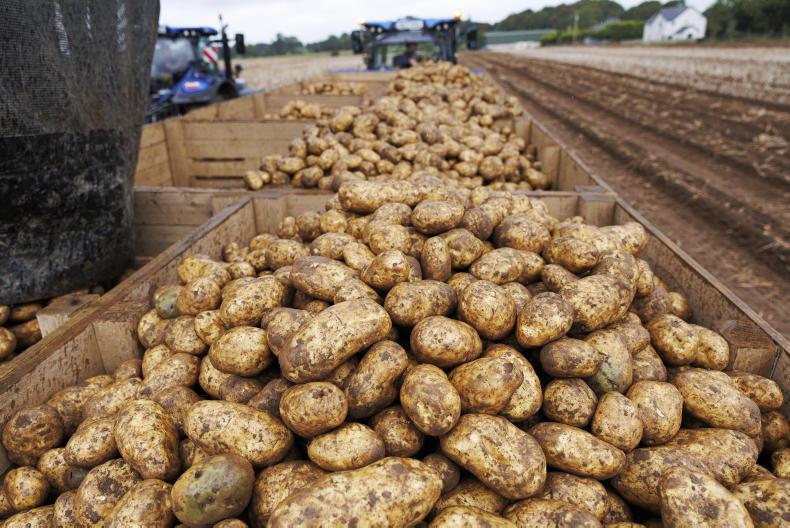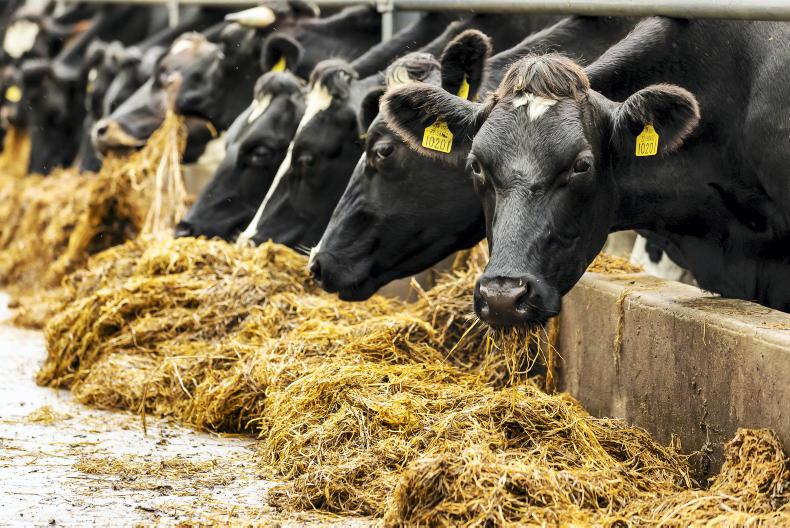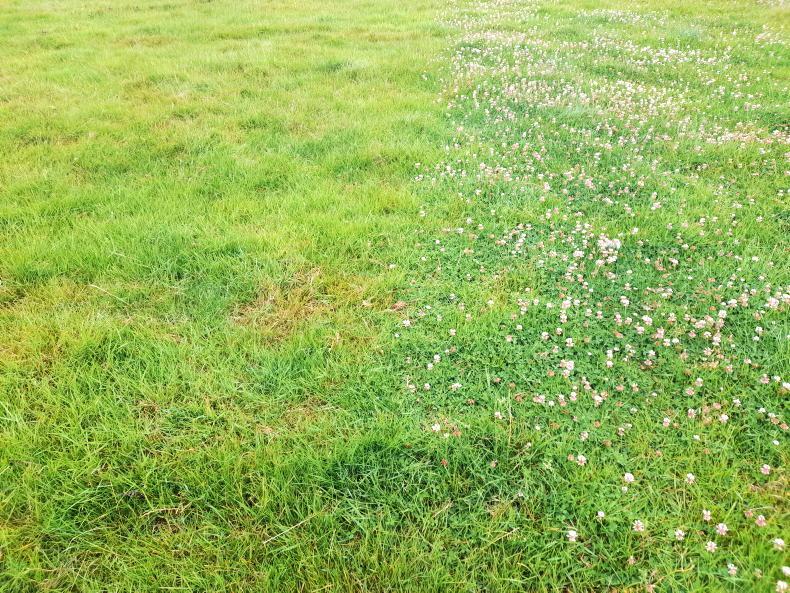News earlier this month that the Government is continuing to support the establishment of red clover swards with a €300/ha payment has been welcomed by farmers interested in growing the crop.
The payment is for a maximum of 20ha and the seed mixture must contain at least 4kg of red clover in every 12kg and the other varieties can be hybrid or perennial ryegrass and can include white clover.
Red clover is a forage crop as opposed to a grazing crop, although it can occasionally be grazed by livestock but only for light grazings with high residuals.
Typically, red clover is sown as part of a grass and white clover seed mixture and is cut for silage three or four times per year. The big attraction of red clover is that when managed correctly it makes excellent quality silage with high dry matter digestibility and high crude protein content.
As a legume, it can fix up to 300kg N/ha, meaning that most farmers who grow red clover don’t need to apply chemical nitrogen to the sward, save perhaps for 50 units/acre in spring when the clover content is at its lowest.
For subsequent cuts, no chemical nitrogen is required as the red clover will be fixing a lot of nitrogen.
On a four-cut system, total annual yields are high at up to 15t or 16t DM/ha, which means that it has a high requirement for phosphorus and potash in order to support these yields and maintain soil fertility.
Underlying soil fertility should be good, with index three for phosphorus (P) and potash (K) and at least soil pH of 6.3 or higher.
For three cuts of red clover silage with a combined yield of 15t DM/ha, a total of 45kg P/ha and 375kg K/ha is required.
This is equivalent to 12 units/acre of phosphorus and 100 units/acre of potash after each harvest.
This can be supplied in about 2,500 gallons per acre of slurry, or compound fertiliser, such as 0:7:30 or 0:10:20.
Challenges
There are a couple of challenges with red clover. The first is that it is a low dry matter crop and can be hard to dry out, needing a 48-hour wilt, which is difficult to achieve under Irish conditions.
The crop cannot be tedded out, as this will risk knocking the high feed value leaves off the stalk.
Because red clover silage needs to be cut early in the year (mid-May) and late in the year (late October), getting a good wilt is a big challenge and, as a result, round bales can be very saggy and hard to handle.
Persistency is another issue with the crop dying out after three or four years. The dying out process speeds up if the crop is lacking nutrients, the cutting point is too low or harvested in wet conditions leading to compacted soil.
Given the current bad weather conditions and the fact that most spring cereal crops are yet to be planted plus the financial incentive of €300/ha, a break crop of grass and red clover may be attractive for some tillage farmers.
Depending on soil fertility, it may be an option to import slurry in order to fertilise these crops.
An agreement with a livestock farmer to purchase the silage should be entered into before sowing any forage crop for sale.









SHARING OPTIONS